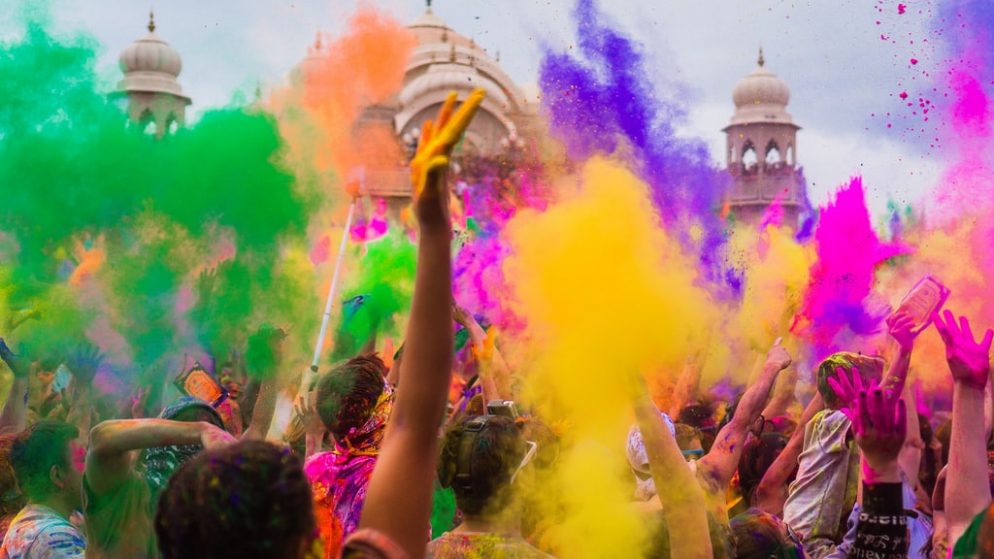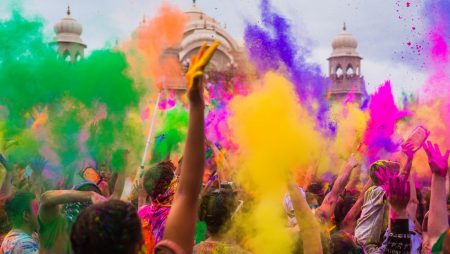

History of the Holi festival
Holi, long before water balloons and pichkaaris, was only an idea;—an concept that grew into one of the world’s most hilarious holidays. Holi is, indeed, a festival of colors. But what does color mean in this context? We can never be sure. However, we always hope that coloring something would bring it to life. As a result, Holi might be as a celebration of life itself. Holi is a festival that celebrates life, love, vibrancy, and passion.

There are legends that trace the origins of Holi and describe mythological; tales that trace the beginnings of our desire to make the human race more colorful. They could be true, or they could be false. The essence of color, on the other hand, encourages us to ignore our rational minds in the expectation; of a dreamlike world filled with rainbows.
Holi, commonly known as “Holika,” is one of India’s oldest festivities. The celebration has been documenting it in several scriptures; including Jaimini’s Purvamimamsa-Sutras and Kathaka-Grhya-Sutras, as well as comprehensive accounts; in ancient writings such as the Narad Purana and Bhavishyad Purana. King Harsha’s work Ratnavali, written in the seventh century, mentions the “holikotsav” festival.
The triumph of great over fiendish may be a demonstrated and genuine theme that shows; up frequently all through the early sacred texts. One such occasion is Holi, which has as its central subject the triumph of great over fiendish. In any case, the festival’s meaning has changed drastically over the a long time. Holi was once a ceremony in which hitched ladies supplicated for the well-being; of their families and honored Raka, the total moon.
see also: Wasim Jaffer believes Rohit Sharma can surpass Virat Kohli as a Test captain.
Holi is thought to have originated before the birth of Christ. According to legend, Lord Vishnu assassinated Hiranyakashipu, the demon lord’s younger brother. By defeating Vishnu, the demon king had the ulterior purpose of dominating the heavens; the earth, and the underworld, in addition to avenging his brother’s death. Hiranyakashipu believed he had become invincible because to a blessing bestowed upon him. His entire state began worshiping to him, dismissing the gods, on his orders. But his son, Prahalad, insisted that his deity was none other than Vishnu. Angry, the tyrant king plotted to assassinate Prahalad with the help of Holika, Hiranyakashipu’s fire-resistant sister. Holika sat on top of the pyre, clutching Prahalad.
read more: Mahela Jayawardene says of Rohit Sharma: “Since taking over as captain, he’s grown more grey hair.”
As Krishna grew older, the game began to represent Radha and Krishna’s colorful and dramatic love affair. With its unique roots in Hindu mythology, this practice has endured through the millennia; to represent the festival of colors all throughout the world. Holi, also known as “Dol Purnima” and”Bashanta Utsav,” is a colorful festival; that has been etch into our minds and hearts for decades.
